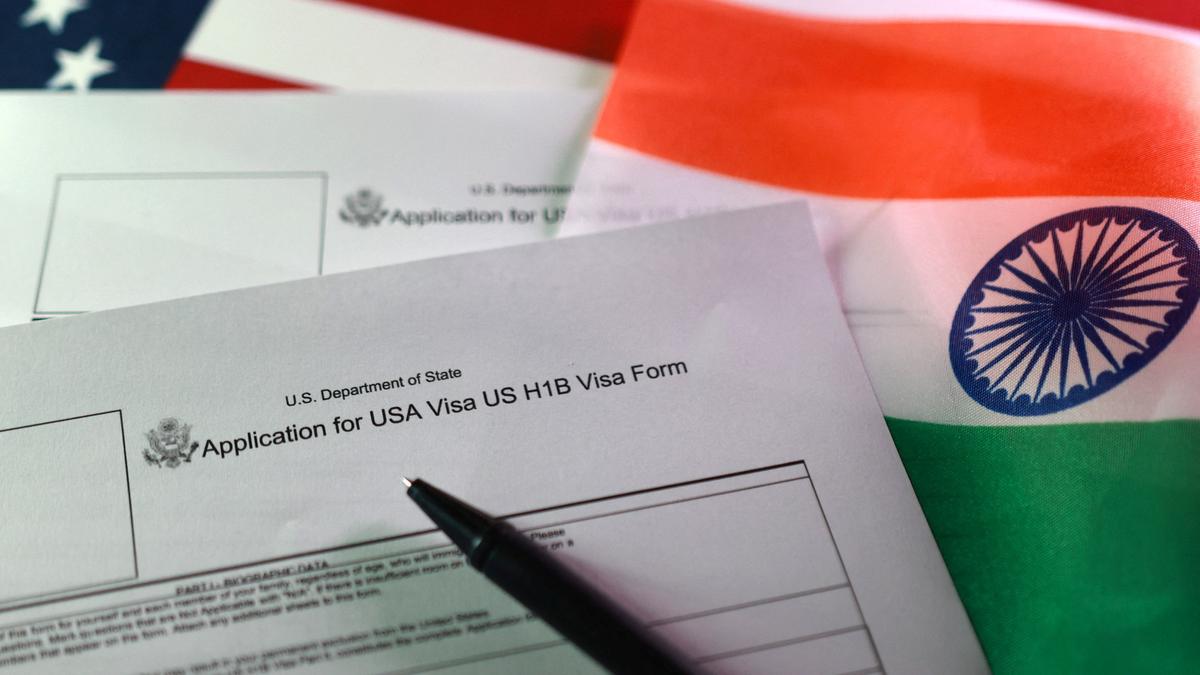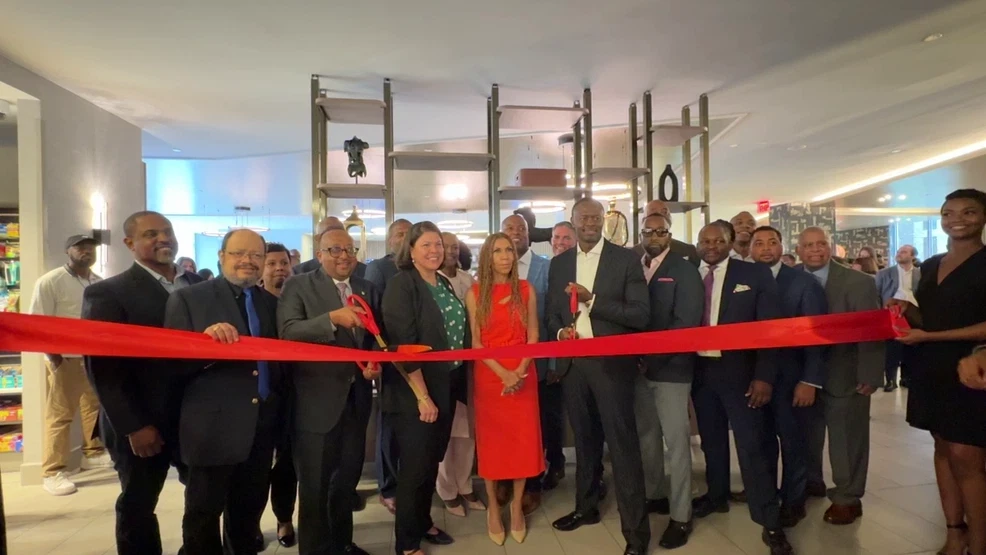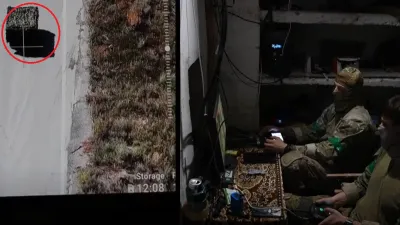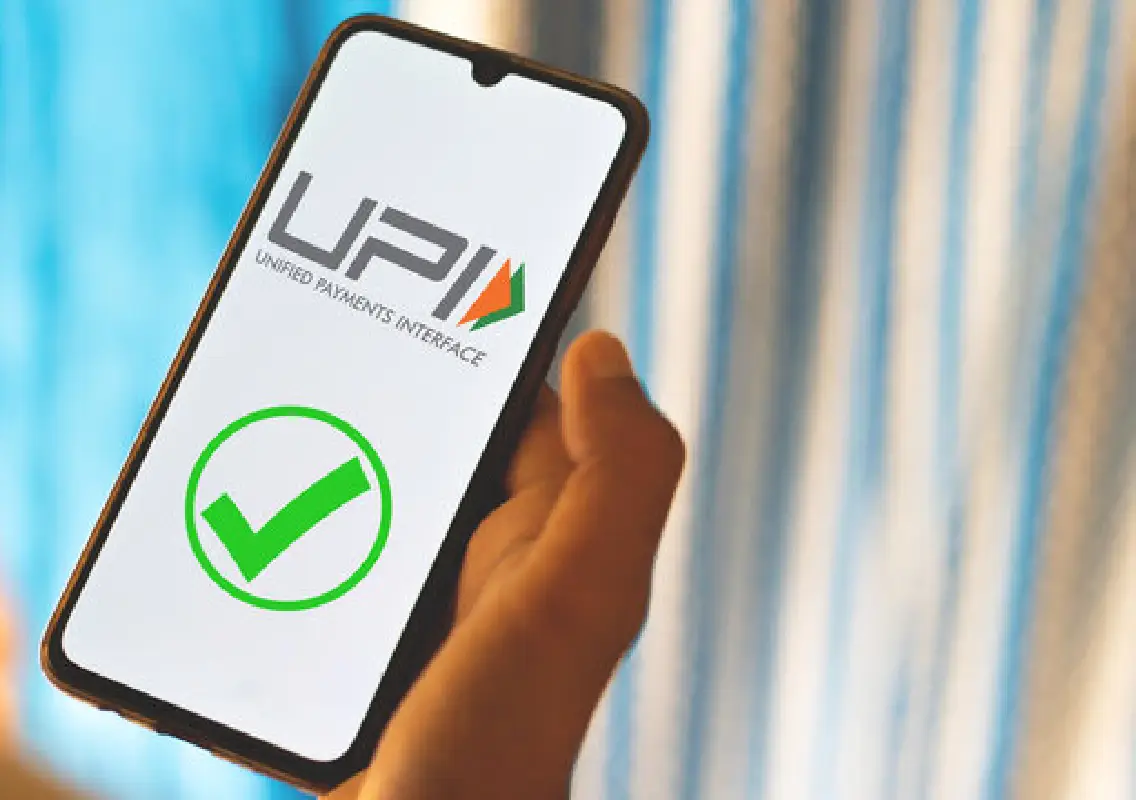By Gopika K.p
Copyright thehindu

The U.S. government’s recent decision to introduce a one-time $100,000 fee for new H-1B visa applications has stirred uncertainty among Indians trying to seek employment in the United States as well as thousands of Indian nationals currently working there. Despite assurances from the White House that the fee applies exclusively to new applicants, the announcement has left many among Indian professionals confused, who represent a significant majority of the H-1B visa workforce.
What is a U.S. visa?
For any citizen of a foreign country, including Indians, obtaining a visa is a necessary first step before traveling to the United States. The type of visa required depends on the purpose of the visit, as defined by U.S. immigration laws. Indian passport holders must secure a visa to enter the country, whether for work, study, tourism, or immigration.
The U.S. offers immigrant and non-immigrant visas. The processing of visas takes place in the U.S. Embassy or Consulate assigned to the individul in his/her country, and the applicant has to attend an in-person interview.
The work visa, as a non-immigrant, is given to an applicant based on the type of work they will be doing. Once the petition filed by the employer is approved by the U.S. Citizenship and Immigration Services (USCIS), one can apply for a work visa.
Indians who want to work in the U.S. must have an approved work visa to enter the country. Among the various employment visa categories, such as H-1B, L, O, and P, the H-1B remains the most sought-after by Indian professionals. It allows for work in specialty occupations and requires a higher education degree.
What are the different types of U.S. work visas for Indians?
H-1B visa: Person in specialty occupation
Applicants hoping to secure an H-1B visa to work in the United States must meet specific educational and professional criteria. The candidates are required to hold at least a bachelor’s degree or possess equivalent experience in a specialised field related to the job they are pursuing. The H-1B visa is designed for what U.S. immigration law defines as “specialty occupations” with roles that typically demand highly specialised knowledge and expertise. Such occupations mostly include IT professionals, but the scope also extends to fashion models, physicians, and Definition of Done (DoD) project participants.
H-3 visa: Trainee
The H-3 visa provides an opportunity for foreign nationals to travel to the United States to receive training in fields not readily available in their home countries. This visa allows individuals to stay in the U.S. for up to two years while gaining practical experience under the guidance of a U.S. employer. You can be paid for your training and “hands-on” work is authorized. Applicants may also participate in practical training programmes in the education of children with mental, physical, or emotional disabilities.
H-4 visa: Dependents
Spouses and unmarried children under the age of 21 of individuals holding a valid H visa are eligible to apply for an H-4 visa to accompany the primary visa holder to the U.S.. This includes same-sex spouses. However, those on H-4 visas are not permitted to work while residing in the U.S.
L-1 visa: Intra-company transferees
Employees of international companies may apply for an L-1 visa when temporarily transferred to a U.S.-based parent, branch, affiliate, or subsidiary of the same organisation. The company involved can be either American or foreign-owned. To be eligible, applicants must hold a managerial or executive role, or possess specialised knowledge, and be assigned to a corresponding position in the U.S. office. Additionally, they must have worked for the company outside the United States for at least one continuous year within the three years prior to applying. An L-1 visa can only be issued after the U.S. entity receives an approved petition from USCIS, submitted either individually or under a blanket approval.
L-2 visa: Dependents
Spouses and unmarried children under the age of 21 of individuals holding a valid L visa are eligible to apply for an L-2 visa to join the primary visa holder in the U.S. Spouses must enter the country on an L-2 visa and are required to file Form I-765 (obtainable from USCIS), along with the application fee, to seek work authorisation. Children under L-2 status are not permitted to work while in the U.S.
O visa: Individual with extraordinary ability or achievement
Type O visas are issued to people with extraordinary ability in the sciences, arts, education, business and athletics, or extraordinary achievement in motion picture and television production, and their essential support personnel.
O-1A: Individuals with an extraordinary ability in the sciences, education, business, or athletics (not including the arts, motion pictures or television industry);
O-1B: Individuals with an extraordinary ability in the arts or extraordinary achievement in motion picture or television industry;
O-2: Individuals who will accompany an O-1 artist or athlete to assist in a specific event or performance; and
O-3: Individuals who are the spouse or children of O-1 and O-2 visa holders.
P visa: Artists, entertainers
Type P visas are issued to certain athletes, entertainers, artists and essential support personnel who are coming to perform in the U.S.
P-1: Individuals who are recognised athletes or members of an entertainment/sports group may apply for this visa to perform at a specific athletic competition or entertainment performance in the U.S. This visa is also applicable to persons providing essential services in support of the primary applicant.
P-2: Artists performing individually or as part of a group may be eligible for this visa under a reciprocal exchange programme between a U.S. organisation and one in another country. The visa also applies to individuals providing essential support services to the participating artists.
P-3: Applicants involved in performing, teaching, or coaching may qualify for this visa if they are part of a program considered unique. This includes traditional ethnic, folk, cultural, musical, theatrical, or artistic performances or presentations. The visa also extends to individuals providing essential support services to the primary participants.
Q visa: Participant in an international cultural exchange programme
A Q visa is required if you are travelling to the U.S. to participate in an international cultural exchange program for the purpose of providing practical training, employment, and the sharing of the history, culture, and traditions of your home country.



